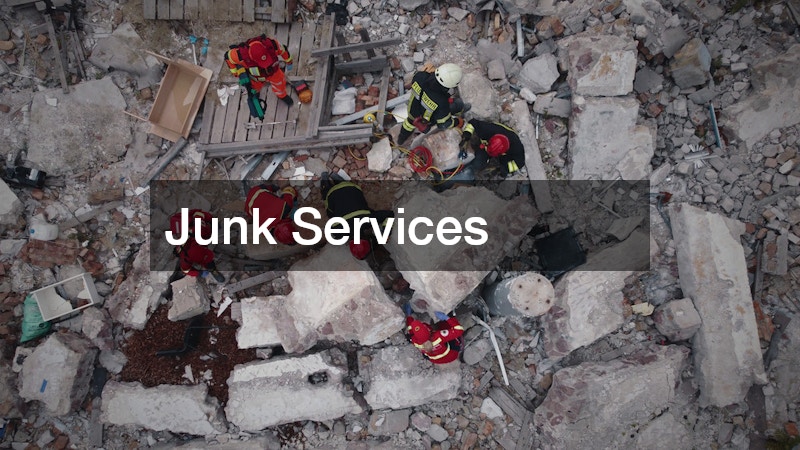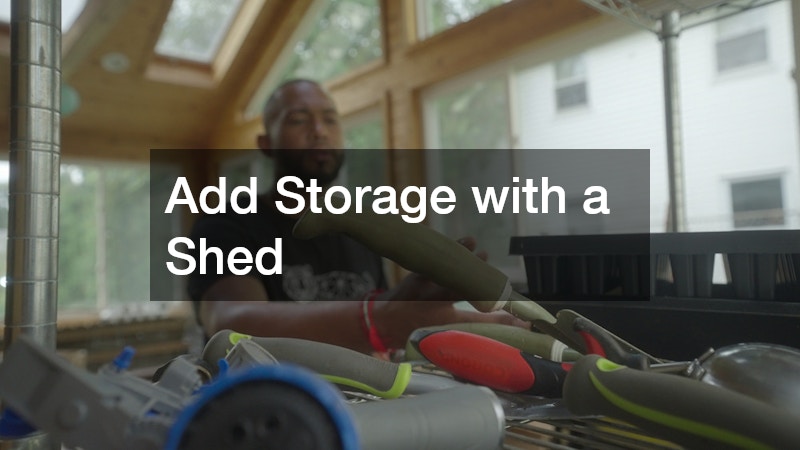Creating theatrical sets that captivate an audience requires more than artistic talent—it demands resourcefulness, innovation, and access to the right materials. Whether you’re designing a minimalist black-box theatre environment or a full-scale Broadway-style production, where you source your materials can dramatically impact the cost, quality, and success of your show.
Many theater designers struggle with balancing budget limitations against the need for visually striking and structurally sound sets. The good news is that there are numerous creative and accessible places to find everything from wood and paint to props and specialty items. Some sources are traditional, such as building supply stores or home improvement retailers, while others are more unconventional—like junk removal companies, emergency veterinary clinics, or even golf cart dealers. These unexpected places can offer surplus, discarded, or niche items that can be repurposed into compelling scenic elements.
What’s especially exciting for theatre professionals is the rise in sustainability and reusability in theatrical sets. Upcycling and recycling are becoming integral components of set design, pushing creators to explore outside the box. Not only does this save money, but it also aligns with eco-conscious production practices.
In this article, we’ll take a detailed look at 12 places to source materials for theatrical sets, including both expected and surprising providers. We’ll spotlight each resource and explore how their offerings can elevate your stage design, all while weaving in essential keywords like “theatrical sets” to boost search engine visibility. We’ll also strategically highlight unique businesses—from fence installers to party event venues—to inspire your next creative sourcing strategy.
1. Junk Services

When creating theatrical sets, consider partnering with junk removal companies. These services often haul away furniture, décor, and construction scraps that are perfect for reuse. Rather than letting these items go to waste, many junk removal providers are happy to offload usable items to local arts organizations or schools.
From discarded wooden panels to vintage chairs and tables, these businesses can provide one-of-a-kind finds for free or at a low cost. Items that are considered “junk” can be turned into stunning set pieces with just a little creativity and refurbishing.
For example, old doors can become set walls, outdated appliances can become props for a retro-themed show, and repurposed fabric can serve as backdrops or costumes. Sourcing in this way doesn’t just save money—it also promotes sustainable design in your theatrical sets.
Before your next production, consider contacting junk removal businesses in your area to ask if you can browse their haul or even partner with them as a regular donation recipient.
2. Building Supply
No list of sourcing locations for theatrical sets would be complete without building supplies retailers. These are the go-to spots for lumber, plywood, hardware, paint, fasteners, and safety gear—all essentials for constructing strong and safe stage environments.
Local hardware stores or national chains often have contractor discounts, scrap bins, and seasonal clearance items perfect for budget-friendly builds. If you’re part of a nonprofit or educational theatre group, inquire about bulk discounts or donations. Some companies support the arts and are willing to donate damaged or off-season materials.
When planning large-scale structures or backdrops, you’ll likely need structural-grade lumber, paintable surfaces, and durable materials. Building supply stores provide these basics and more, ensuring your theatrical sets meet safety and aesthetic standards.
Establishing a relationship with your nearest supplier can result in better pricing and access to discontinued items that would otherwise be too expensive. Be sure to factor these suppliers into your budgeting and sourcing checklist early in the production planning phase.
3. Partnering with Home Builders
Many home builders accumulate a surplus of unused or leftover construction materials that are ideal for creating theatrical sets. Items such as drywall, insulation, wood trim, and tiles are often discarded after custom home projects, yet they can be repurposed into set walls, floors, or props.
Builders may also have access to unusual or high-end items that can elevate your production’s visual appeal. Think marble off-cuts for a palace scene or cabinet doors for detailed architectural elements. These kinds of materials would normally cost a fortune at retail but may be offered free or discounted by builders looking to declutter job sites.
Reach out to local builders and ask if they’d be willing to let you pick up remnants or donate materials. Offer to credit their company in your program or social media promotions in exchange. This kind of collaboration can be mutually beneficial—builders get rid of scrap, and theaters get free materials for their theatrical sets.
4. Golf Cart Parts

One unexpected but valuable source of parts for theatrical sets is your local golf cart dealer. Many such businesses deal with surplus or retired parts that can be transformed into wheeled platforms, automated props, or mechanical set pieces.
Used wheels, axles, batteries, and frames can be turned into rolling wagons, motorized platforms, or even animatronic elements with a little ingenuity. If you’re designing a scene that requires movement—like a rotating stage or a vehicle that crosses the set—these parts are worth exploring.
Golf cart dealers often have bins of old parts they’re happy to part with, especially if you’re representing a school or nonprofit. Explain your project and how you plan to use the parts in your theatrical sets, and you might walk away with everything from frames to headlights.
This is a great example of how niche businesses can offer one-of-a-kind solutions for theatrical creativity.
5. Fence Companies
If your next theatrical set requires wooden fencing, lattice, or structural components, consider contacting fence installers in your area. These professionals often remove old fencing that, with a little TLC, can be repurposed as rustic set elements.
Weathered wood offers an authentic look that paint alone can’t achieve. You can turn salvaged picket fences into garden walls, backdrops for outdoor scenes, or decorative borders around a stage.
Moreover, new offcuts and leftover posts can become structural supports for walls or platforms. Fence installers might also offer deals on miscut or surplus materials that are otherwise hard to find in regular lumber yards.
As with other sources, offer a program mention or promotional exchange. It’s a low-cost way to incorporate professional-grade wood into your theatrical sets without breaking your budget.
6. Habitat ReStores and Thrift Outlets
Another excellent option for sourcing materials for theatrical sets is your local Habitat for Humanity ReStore or secondhand building materials store. These locations specialize in recycled construction items, furniture, lighting, and home décor at deeply discounted prices.
You’ll find everything from chandeliers and kitchen cabinets to sinks, tiles, and doorknobs. These pieces are perfect for immersive set design and can be reworked into custom props or integrated into set walls.
The appeal here is variety and price. These stores are constantly getting new donations, and you never know what gem you’ll discover that will become the centerpiece of your production.
ReStores also support a good cause, which aligns with many theaters’ community-oriented missions. Plus, their inventory fits all sorts of theatrical sets, from modern dramas to period pieces.
7. Metal and Jewelry Buying Companies

It might sound unusual, but a gold buying company could be a resource for sourcing opulent or metallic items for theatrical sets. These companies often redesign or renovate their storefronts and discard display cases, velvet-lined platforms, mirrors, and even fake jewelry used for decoration.
If your show includes a scene set in a jewelry shop, palace, or high-society setting, you might find perfect props through a connection with one of these businesses.
Reach out and inquire if they ever replace fixtures or displays. Offer to haul away anything they no longer need. You may score velvet ropes, shiny stands, or reflective surfaces that elevate your set’s visual aesthetic.
Integrating upscale props into your theatrical sets—even as background pieces—adds polish and realism without costing a fortune.
8. Emergency Vet Clinics
For edgy or contemporary theatrical sets, consider sourcing from an emergency veterinarian office. These clinics sometimes upgrade medical equipment, lighting, or waiting room furniture. While you’re unlikely to get functioning machines, you might find stainless steel tables, rolling carts, or clinical furniture.
Such pieces are ideal for scenes set in hospitals, labs, or medical settings. With proper cleaning and a few cosmetic changes, they can add authenticity and depth to your production design.
You’ll also find storage cabinets, metal shelving, and lighting equipment that can serve both functionally and decoratively on stage.
Because these items are rarely found at thrift stores, getting access through a clinic gives you a unique edge when designing realistic, contemporary theatrical sets.
9. Local Patio Companies
When constructing outdoor scenes in your theatrical sets, contact a local pergola company. Pergolas and gazebos are rich in architectural details—beams, trusses, slats—that can be reused or replicated for rustic or elegant outdoor settings.
Leftover materials like wood posts, slatted roofs, or pre-built arches can be transformed into garden walkways, pavilion structures, or whimsical woodland scenes.
Ask if the company has any miscuts or demonstration models no longer in use. These components are often costly at retail, but companies may be willing to donate them for free or offer them at a discount.
Such materials bring both scale and depth to sets that require dimension, particularly in outdoor-themed theatrical sets.
10. Salvage Yards and Recycling Centers

A trip to your local salvage yard can yield surprising results for theatrical sets. These centers are havens for old furniture, industrial parts, lighting, hardware, and other odds and ends that can be repurposed creatively.
Look for materials that can be painted, altered, or dismantled to become part of a greater whole. A rusty gate becomes a jail cell door. A row of old lockers becomes a high school hallway.
The possibilities are endless when you have the vision—and salvage yards are full of raw potential waiting to be transformed into showstopping designs for theatrical sets.
11. Catering Services
Don’t overlook local catering services as a surprising source of staging items. Many catering companies invest in table settings, linens, fake floral arrangements, and even room dividers—all of which may eventually be discarded or upgraded.
Reach out to caterers and ask if they’re offloading older items. Chairs, candleholders, and centerpieces often go unused and could be reimagined for theatrical sets. These companies also use rolling carts and serving trays—props you can repurpose for hotel or banquet scenes.
It’s another example of thinking beyond the usual retail model. Event professionals regularly rotate their inventories, and you could get high-end décor pieces for a fraction of the price—or free.
12. Venues
Party event venues can be goldmines for temporary materials or long-term donations to help build stunning theatrical sets. These venues often have access to themed props, lighting rigs, fake plants, decorative screens, or custom-built structures that are used for private events.
If you’re working with a short production run, see if a local event venue would be open to lending out décor during their off-days or offering old pieces they’re retiring. Items like columns, arches, or branded decor can be painted or rewrapped to match your theme.
Sometimes these businesses upgrade their entire event packages and toss or sell outdated items. This gives you access to professionally designed props and structures that would be expensive to build yourself.
Creating partnerships with these venues can also lead to future collaborations, especially if you’re open to co-promotions or advertising their services in your theater programs. A smart connection can yield big rewards for your theatrical sets.
Sourcing materials for theatrical sets doesn’t have to drain your budget or creativity. By expanding your search beyond traditional suppliers, you open the door to unexpected treasures that can enhance your production’s look and feel.
From junk removal companies and building supply stores to gold buying companies and party event venues, each of the twelve resources we’ve discussed offers unique benefits. Not only do they help keep costs down, but they also promote sustainability by reusing items that might otherwise be wasted.
Theater is about telling stories—and every element of a theatrical set contributes to the atmosphere and authenticity of that story. Thinking resourcefully about where to get your materials can elevate your production while strengthening community connections. These relationships can also lead to valuable partnerships, support, and donations for future shows.
So next time you’re planning your scenic design, refer back to these twelve sourcing locations. Whether you need wood, metal, furniture, or props, there’s a solution waiting just around the corner—often in the most unexpected places.




